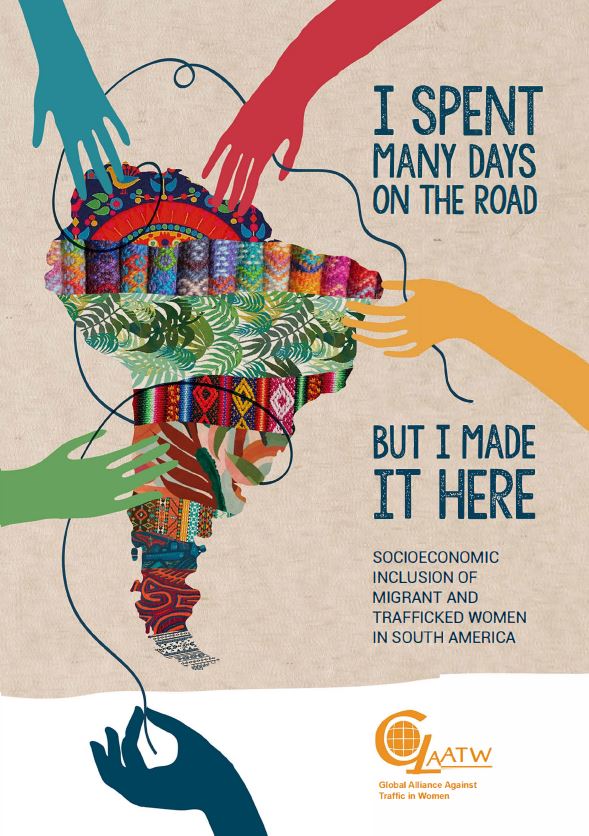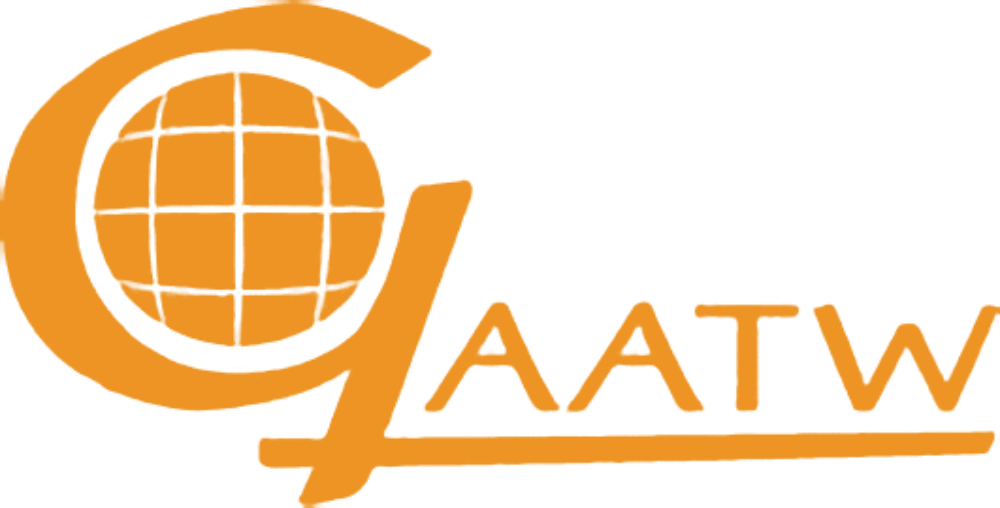
Migrant and trafficked women are employed in precarious conditions within the informal economy, and relegated to gendered work such as the domestic, care and cleaning sectors. The burden of care work and the gendered division of labour shape both their access to paid work and their roles within families.
The women’s migration journeys were fraught with challenges and uncertainties, yet these also illustrate their courage and resilience in trying to improve their lives. Most women spoke of hardships such as spending days on the road, sleeping on the streets, going without food, facing racist or xenophobic behaviours, and fear of sexual attacks. Many had taken on large debts or exhausted their life savings. Yet, the hope for a better life kept them going. A Dominican woman in Uruguay shared, “we took a bus to Brazil, where we stayed in a shelter for three days. I didn’t sleep…I remember we left the countryside on a Tuesday and arrived on a Saturday, we hopped from bus to bus.”
Describing her harrowing journey, a Venezuelan woman in Brazil said: “After sleeping for three days on the street and the fatigue of the 13-day bus ride across the border, my body couldn’t take it anymore. I wanted to die.”
Many women’s experiences with socioeconomic inclusion in the destination country were closely linked to their responsibility for unpaid care work. Most women continue to be responsible for care giving and household work within their families while also being the breadwinners. This double, sometimes triple, workload has many impacts: it negatively determines their access to job opportunities and relegates women to irregular or lower paying jobs, affects their physical and emotional health, and causes “time poverty” where the very idea of free time does not exist. As one Venezuelan woman in Peru said: “It has been difficult for me to achieve a balance between family and work life because I work, I sleep very little, I have very little time left to care for my daughters and every now and then I get the chance to take a little walk once a week or every fortnight […] I work until very late, so there is not much free time.”
Many women found themselves employed in occupations that were below their skill levels. Lawyers, teachers, nurses, psychologists, or engineers mentioned that the administrative procedures to certify their degrees were expensive and not always accessible. One Ecuadorian woman in Uruguay said “They wouldn’t accept the La Haya stamp, the apostille, so I couldn’t certify anything. I also tried to certify my studies as a nursing assistant without any luck.”
As a result, and because of the pressure to find work and earn money, most women found employment in the informal economy, as domestic or care workers, waitresses, cleaners, or salesclerks, with precarious working conditions and limited or no access to social protections and labour rights. This was often due to their irregular migration status; however, regular status was not a guarantee of good working conditions either. As a result, experiences of abuse, exploitation, and mistreatment were common. As shared by a Venezuelan woman in Brazil: “They [employers] think that because we’re going through a hard time, they can treat us like dogs.”
All these experiences affected women’s mental health and wellbeing. Many spoke about feelings of guilt and depression because of the pressures and expectations from families about being the main providers and carers, which they couldn’t fulfil. The Covid-19 pandemic had increased the burden of care work for women and made them more vulnerable to domestic violence.
The report also highlights the factors that facilitate women’s socioeconomic inclusion such as social and community networks, government and NGO programmes, and workers’ cooperatives. Communities formed by migrants from the same country provide much-needed help with jobs, accommodation, administrative procedures, or simply comfort and familiarity in a new place. Many women spoke about finding solace in communities organised around religion or cultural practices of their home countries such as singing and dancing. All of these have helped them reduce their feeling of isolation in the new country and build new relationships. A Cuban migrant in Uruguay shared, “When we moved, we met some Catholic Cubans in Uruguay by chance. And it was the best thing that happened to me. What I enjoy the most about Uruguay is my church, my fellow Cubans, but also Uruguayans, Brazilians, Venezuelans…these people have given us so much warmth.”
The worker-managed cooperatives in Argentina, where many of the interviewed women work, are also a lesson in inclusion, empowerment, and social support for migrants. The cooperatives face difficulty staying economically viable, but they offer good working conditions and a sense of ownership.
In some cases, women benefited from government social programmes and provision of emergency support schemes. However, there were also many barriers to accessing these benefits, such as complex paperwork and procedures, lack of information about them among migrants, and racist attitudes. In Brazil, language was a major barrier for the migrants from Spanish-speaking countries.
The report concludes with several recommendations to governments in the region. The primary learning is that comprehensive social and economic inclusion for migrant and trafficked women cannot be achieved without recognition of women’s unpaid domestic and care work, dismantling its gendered basis, and redistribution of this work through state and institutional support.
The report draws from interviews with 125 migrant women conducted in 2020 and 2021 by five partner NGOs: Comisión Argentina para Refugiados y Migrantes (CAREF – Argentina), Capital Humano y Social Alternativo (CHS – Peru), Corporación Espacios de Mujer (CEM – Colombia), Associação Brasileira de Defesa Da Mulher, da Infância e Da Juventude (ASBRAD – Brasil), and Asociación Idas & Vueltas (Uruguay). Given the impact of the Venezuela crisis on the region, Venezuelan women comprised half of the research participants in Peru, Uruguay, and Brazil. The aim of the research was to document and analyse migrant women’s experiences of social and economic inclusion.
Read the whole report here.
You can also read the five country reports in Spanish:
Vivencias en el retorno y la reintegración. Mujeres migrantes y víctimas de la Trata retornadas a Colombia (Corporación Espacios de Mujer, Colombia)
Inclusión Social y Económica de Mujeres Migrantes Venezolanas en Perú (CHS Alternativo, Peru)
Construyendo un mundo plural: Experiencias y percepciones de mujeres migrantes venezolanas en Guarulhos, São Paulo (ASBRAD, Brazil)
Cortar los nudos. Mujeres, migrantes y cooperativistas en el Área Metropolitana de Buenos Aires – 2022 (CAREF, Argentina)
Sostener la vida a través de las fronteras. Cuidados y trayectorias laborales de mujeres migrantes en Uruguay (Idas & Vueltas, Uruguay)
